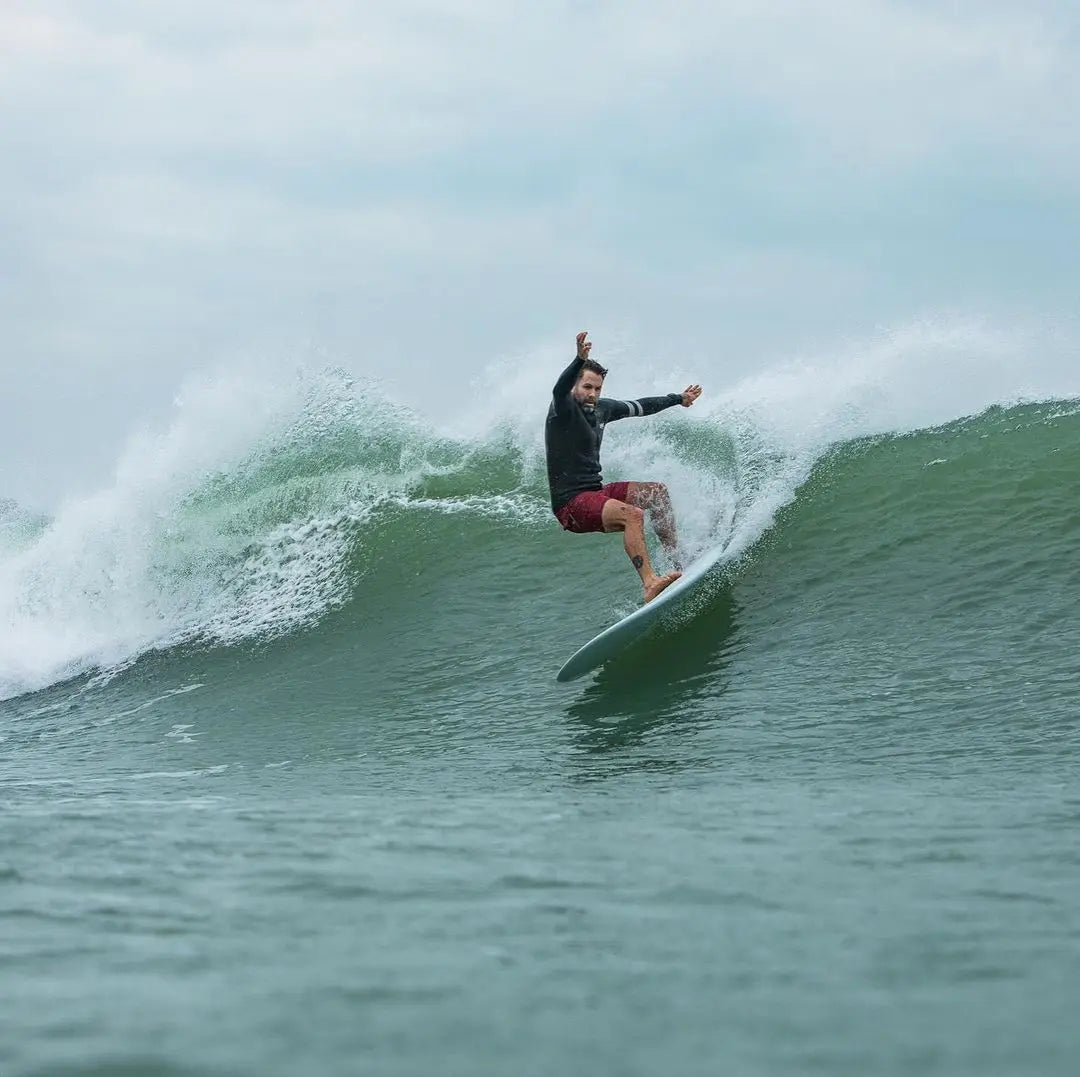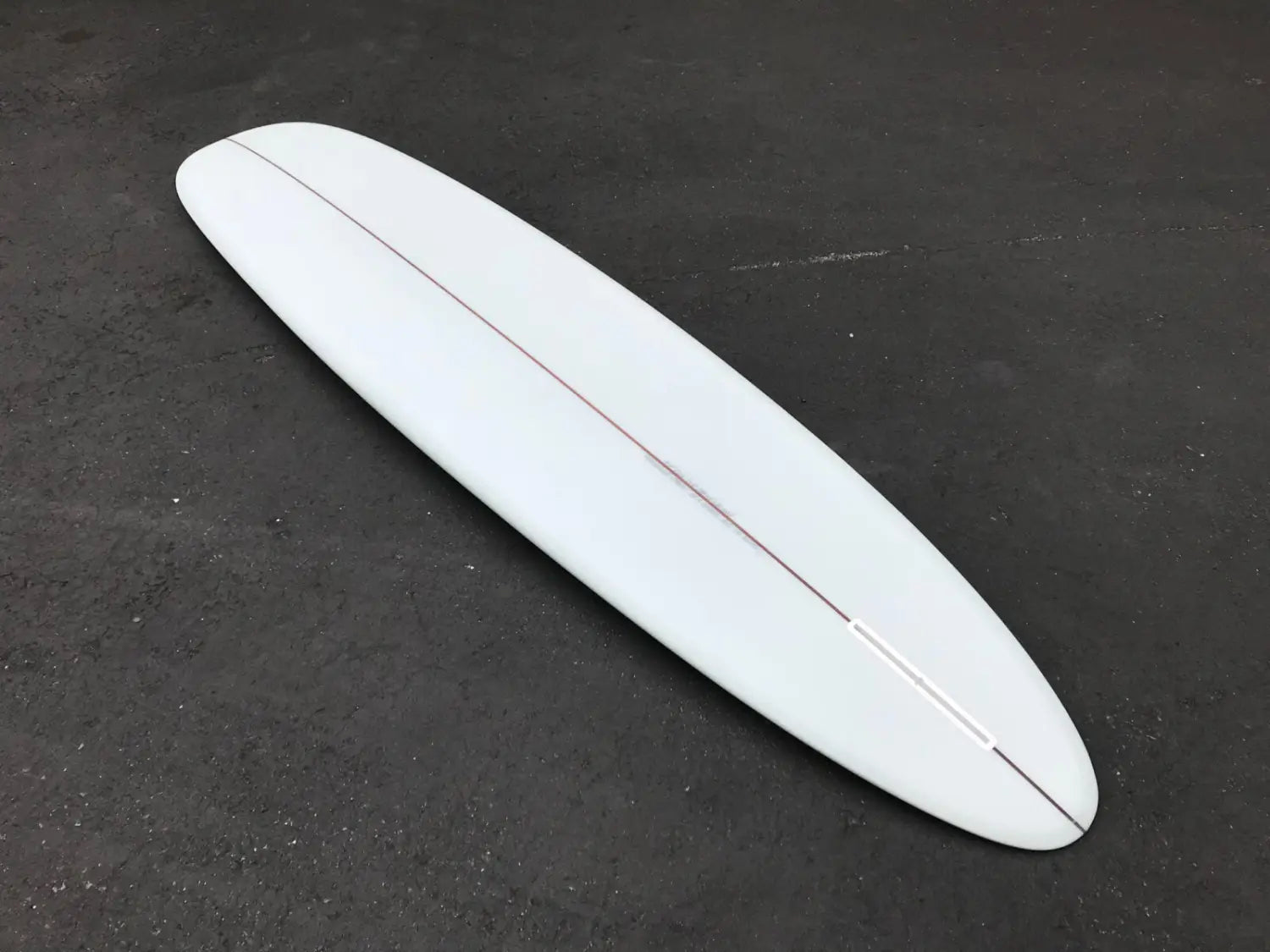Going Deep With CJ Nelson and Ryan Engle’s Displacement Hull
Share
Understanding The Parallax: Going Deep With CJ Nelson and Ryan Engle’s Displacement Hull

Displacement hulls are a niche corner of the surfboard market that many people are unfamiliar with. But for some of our best loggers and style masters, these boards represent a unique opportunity to ride waves differently and enjoy a feeling on a wave that isn’t otherwise attainable.
While most surfboards have planing hulls—bottom contours that are either flat or concave, which causes the board to lift and plane on the surface—displacement hulls do the complete opposite.

Their convex bottom contours serves as a sort of belly for the boards, which causes them to plow through the water, similar to a mono hull yacht. In fact, many of the ideas that have led to the development of displacement hull surfboards have been borrowed from the sailing community.
While the benefit of a concave bottom is high-end speed and maneuverability, displacement hulls provide the complete opposite. The faster the boards go, the deeper they anchor into the wave face, providing more control and a feeling of connection with the wave.
This creates what almost seems like a paradox—the fact you have to fully commit to the rail in order to achieve release. Rather than surfing displacement hulls from the tail, they are surfed more off the front foot, from the middle of the board. While many find this adjustment difficult to wrap their heads around, when you finally figure it out, the feeling is unmatched.
Displacement hulls also tend to need less energy to get up to speed than planing hulls. The flip side of this, of course, is that too much energy (i.e., speed) can be a problem on hulls, since going faster means sinking deeper into the water and having more control (to the point that it could become detrimental).
The obvious conclusion here is that displacement hulls tend to excel in small point breaks, where the waves aren’t necessarily powerful, but are long, perfect, and allow for extended trim.
So a board that is great in small, lined-up waves, doesn’t require a lot of power to pick up speed, provides ample control, requires commitment to the rail, and prefers to be maneuvered from the middle or front—what type of board wants to have all of these characteristics? A traditional longboard, of course—which is exactly why logging master CJ Nelson and his design/shaping partner Ryan Engle have been experimenting with perfecting a displacement hull log.
After working through a progression of eight different iterations, they have settled on a shape they call the Parallax.
The Parallax draws on the input of some of the greatest displacement hull designers, blending two completely different schools of thought in regards to board design and resulting in a unique spin on logging that has been staring us all in the face for decades. If you are looking for a single-fin log that you can lay on rail, this is it.

1件のコメント
Hi Dave, just checking if you have a blue 8’3 Parralax for sale at the moment. I am from New Zealand and have a friend who could bring the board back for me.